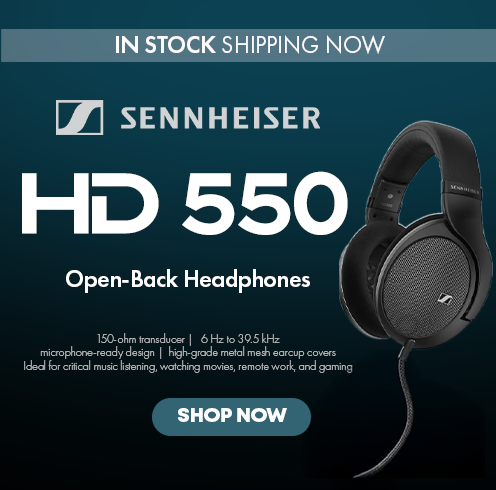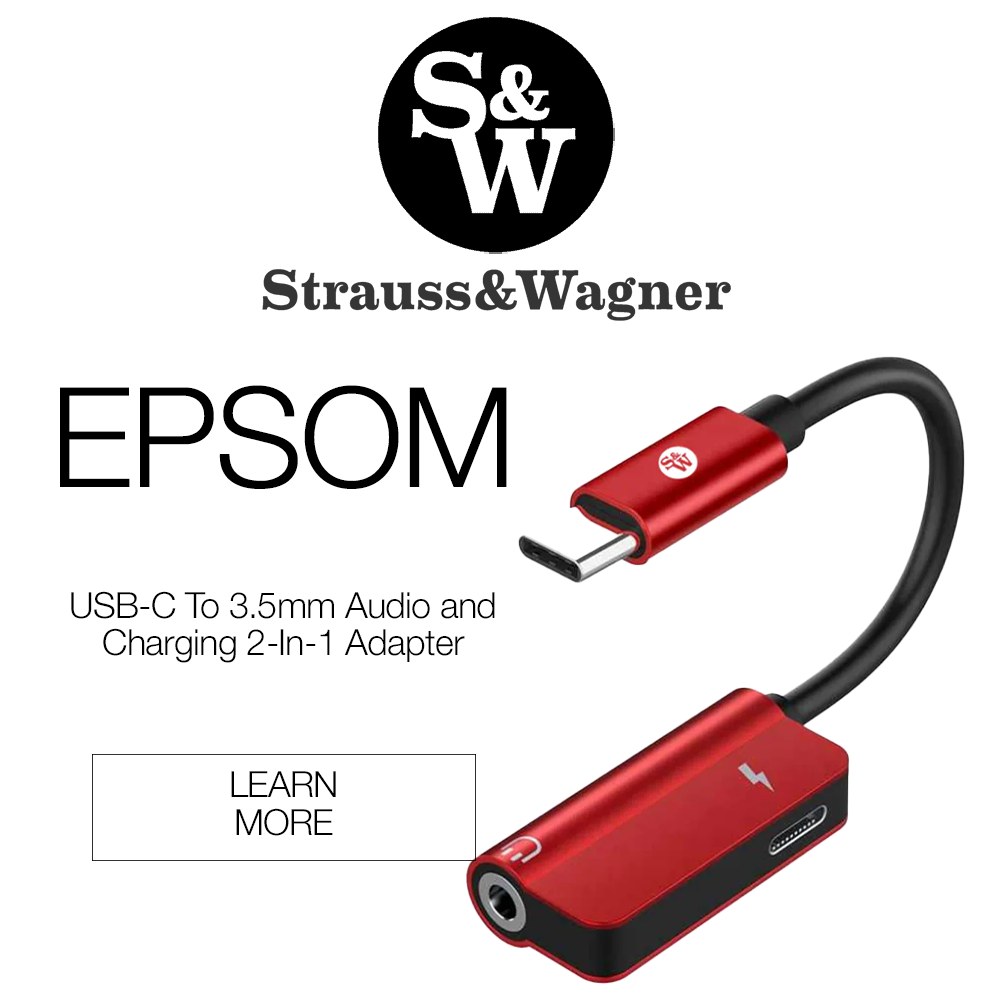Audiophiles seeking a reference-grade listening experience from IEMs are spoiled for choice in 2025, with models like the Sennheiser IE 600 and Noble Audio Van Gogh leading the charge. Though both cater to discerning ears, they offer vastly different approaches to tuning, aesthetics, and sonic philosophy. We’ve spent time with both models and broken down the differences to help you decide which one deserves a spot in your high-end portable rig.
What You Get
| IE 600 | Van Gogh |
|
|
Look & Feel
The IE 600 and Van Gogh are two very distinct IEMs in terms of design. The IE 600 is more minimalist, but built with purpose as a singular piece of engineering. Meanwhile, the Van Gogh is a bold visual statement with hand-finished faceplates, each pair boasting a unique abstract swirl. The craftsmanship screams boutique, and the aluminum shells strike a balance between durability and elegance. In terms of comfort, the IE 600 might look the most appealing, with its small size and featherlight build. The Van Gogh is bulkier and might not suit smaller ears as well, but the soft, ergonomic contours and excellent nozzle depth still offer a comfortable seal for most users.
Design
This is a single driver IEM vs hybrid power. Both IEMs are well-suited for their preferred configurations. Sennheiser’s single dynamic unit drivers have been established in nearly all of their earphones, while Noble tends to always implement as many balanced armatures and dynamic drivers to obtain their preferred tuning. Both IEMs come with 4.4mm balanced cables, though the Noble Van Gogh’s 8-core hybrid cable is thicker, more premium, and less prone to tangling. The IE 600’s cable is functional and lightweight but lacks the premium finish of the Noble.
Soundstage
Both the Sennheiser IE 600 and the Noble Audio Van Gogh have expansive soundstages that bring out the most of their capabilities. The IE 600 is more precise than the Van Gogh, with more individualized sound elements and layering. This will come as no surprise if you’re familiar with Sennheiser products. This is exactly what you should be expecting from their IEMs, and the IE 600 delivers that to you. On the other end is the Van Gogh, which has a similarly sized width, but delves a bit deeper. It exposed more separation and wraps around into a dome-like headspace.
Low End
In the low end, the Sennheiser IE 600 focuses on cleanliness and control. The single dynamic driver delivers tight, articulate bass with just enough warmth to add body without overshadowing the mids. Bass extension is impressive, reaching into sub-bass territory while maintaining precision and restraint. This makes the IE 600 a great choice for listeners who prefer accuracy over bombast in their low-end response.
Meanwhile, the Van Gogh takes a more impactful approach to bass. Its hybrid design brings in a dynamic driver that delivers physical slam and depth, with greater emphasis on the sub-bass region. The bass is powerful yet agile, adding visceral energy to modern genres like EDM, hip-hop, and rock. It retains enough control to avoid bleeding into the mids, but its tuning is clearly more tuned toward enjoyment and engagement over strict neutrality.
Mids
The midrange is where the Sennheiser IE 600 truly shines. It delivers a rich, lifelike presentation that brings vocals and acoustic instruments to the forefront with remarkable detail and texture. The tonality feels natural and balanced, neither too forward nor recessed, allowing it to handle a wide range of genres with finesse. Whether it’s the human voice or a string quartet, the IE 600 captures the emotional nuance of a performance with ease.
The Noble Van Gogh, on the other hand, adopts a slightly more V-shaped tuning, which places less emphasis on the midrange. Vocals and instruments are still clear and well-resolved, but they take a small step back in the mix compared to the more prominent bass and treble. That said, the midrange remains articulate and clean, avoiding any signs of muddiness or congestion. It’s a tuning that suits listeners who prioritize impact and excitement over mid-forward neutrality.
Highs
In the treble region, the IE 600 opts for a smoother, more relaxed presentation. High frequencies are detailed and airy without ever sounding sharp or fatiguing. This tuning choice makes the IE 600 an excellent option for long listening sessions, especially for treble-sensitive users. Despite its smoother character, it still retrieves micro-details well, lending a sense of refinement and ease to string instruments, cymbal crashes, and ambient textures.
Conversely, the Van Gogh embraces a livelier and brighter treble response. The upper frequencies are more pronounced, offering greater sparkle, snap, and micro-detail retrieval. This energetic treble helps the Van Gogh deliver impressive resolution and excitement, especially in modern or high-production music. However, the elevated highs can occasionally veer into fatiguing territory during longer sessions or with poorly mastered tracks, making source pairing and volume control crucial.
Summary
Both the Sennheiser IE 600 and Noble Audio Van Gogh deliver exceptional sound, but they cater to very different listening preferences. The IE 600 is a masterclass in neutrality, detail, and long-term comfort—ideal for audiophiles who value precision and balance. In contrast, the Van Gogh offers a more dynamic, expansive, and visually striking experience, perfect for those who crave powerful bass, a wide soundstage, and artistic design. Whether you prioritize reference-level tuning or engaging musicality, each IEM stands out as a top-tier choice in its own right.
The Sennheiser IE 600 and Noble Audio Van Gogh are available at Audio46 and Audio46 Express.
MAJORHIFI may receive commissions from retail offers.








